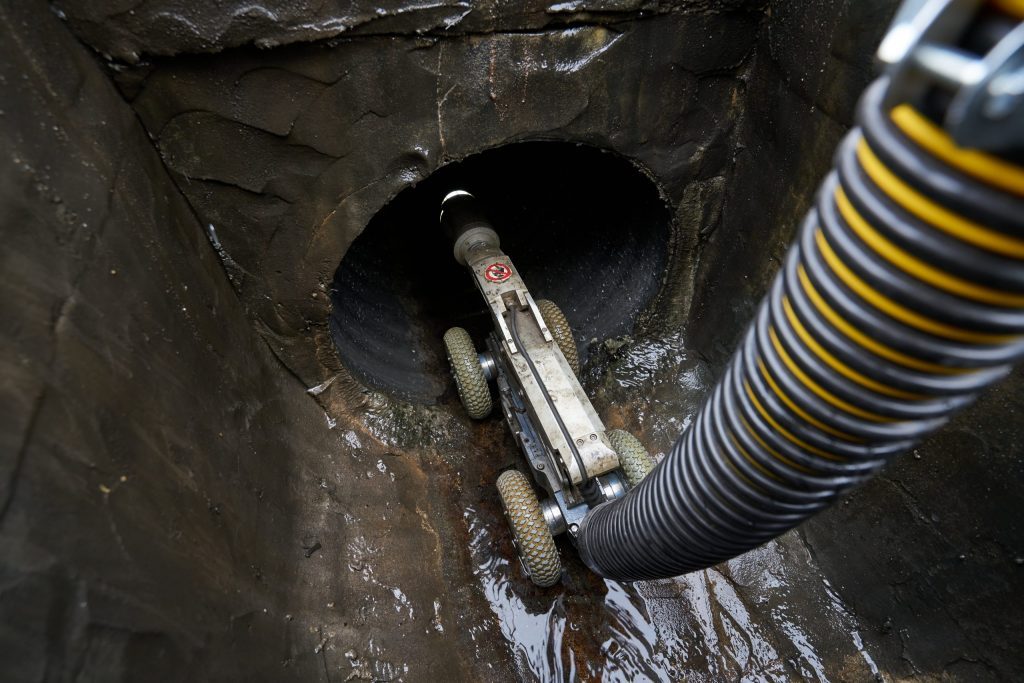
Get More IIA In Your Inbox!
Get the latest tips, news, tactics, and resources from us in your inbox every month.
Williams Companies Rely on Industrial Inspection & Analysis for Emergency Remote Visual Inspection
Introduction
Natural gas pipelines in the United States involve a well-integrated system with nearly three million miles of pipeline that connects production and storage facilities and delivers natural gas to more than 75 million consumers across the country. This intricate system is comprised of gathering systems, processing plants, wellheads, low- and high-pressure pipelines, pressure stations, and also interstate and intrastate transmission lines, which are pipelines that move gas across and within state boundaries, respectively. Williams is committed to being the leader in providing infrastructure that safely delivers natural gas products across the U.S. from the Gulf of Mexico, to the Rockies, to the Pacific Northwest and along the Eastern Seaboard.
The Challenge
During a large-scale DOT regulated maintenance project, Williams Company faced having a major pipeline down. In their line that runs from Texas to New York City, Williams located liquid in the line, which is always treated as a hazard. Williams immediately shut down and removed the liquid. “We needed to identify the quickest way to ensure safety and get back online. I knew we needed the experts,” explains Kevin Nazelrod, Williams Company Senior Construction Manager. Williams Company brought Industrial Inspection & Analysis (IIA) in to survey the line via Remote Visual Inspection (RVI), to verify the hazard had been eliminated and the pipeline, work area, and everyone on-site was safe.
The Process
Mr. Nazelrod explains, “I contacted IIA on Monday evening, and IIA’s team was on-site in less than 48 hours.” IIA’s experts ran an RVI operation which traveled approximately 80 feet into the line upstream and downstream and validated that all liquids had been successfully removed, therefore verifying the elimination of any potential danger as well. For added support, IIA’s team conducted a second RVI survey and remained on-site and available to The Williams’ team all day. An outage of this magnitude could constitute a loss of approximately $250,000 per day for Williams. “It is not even about the money, so much as it is about the relationships we have with our customers,” states Sagar Patel, Project Engineer with Williams Company. Mr. Patel further explains, “IIA really understood the urgency of our situation.” Once IIA cleared the lines after using their RVI system, Williams could then proceed with their maintenance project and continue the important work of serving customers.
I contacted IIA on Monday evening, and IIA’s team was on-site in less than 48 hours.

Why Williams Companies Chose IIA
Working with companies that are responsive, professional, and reliable and ones that can be flexible, especially during a crisis, is key. IIA offers detailed post-inspection reports, “but they also gave us multiple USB drives with the video footage, which was above and beyond,” says Mr. Nazelrod. This RVI work was done during the height of the COVID19 Pandemic, and IIA was prepared to serve in their usual responsible, professional way. “They sent a COVID19 Preparedness Plan, which was important because we needed that to even allow IIA on site. The service was impeccable,” says Nazelrod.
End Result
The team of experts at IIA met this natural gas pipeline emergency using RVI technology as well as reacting with responsiveness, professionalism, and flexibility. A long-lasting professional partnership with Williams has been unquestionably forged. “I know I have a good resource in the IIA team. They come in and do the work right,” Kevin Nazelrod tells us. Having the ability to depend on responsive, reliable professionals who can conduct emergency work in an efficient and effective manner ensures Williams remains at the forefront of their industry. They can continue providing outstanding service to the many customers across the country who depend on them.




